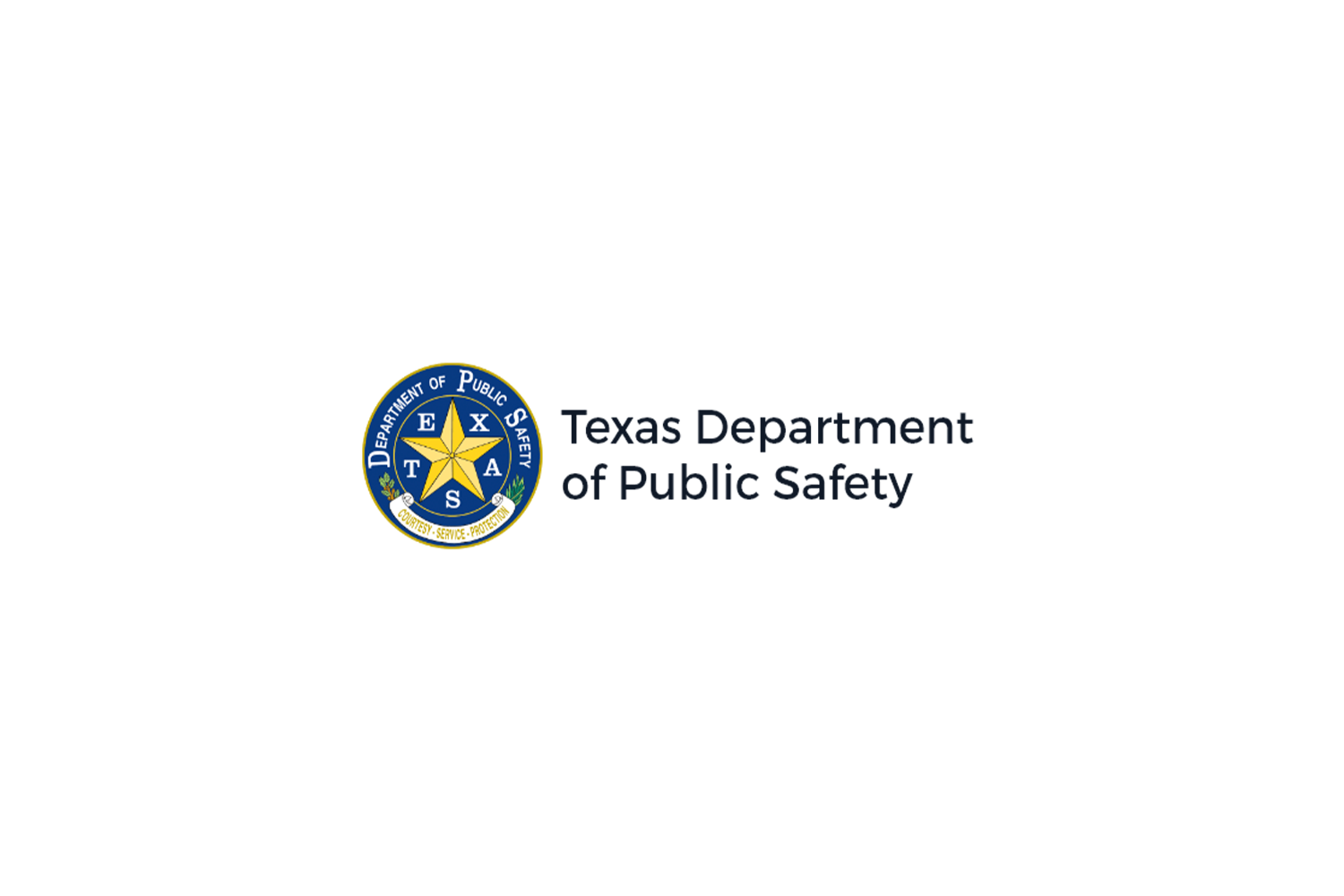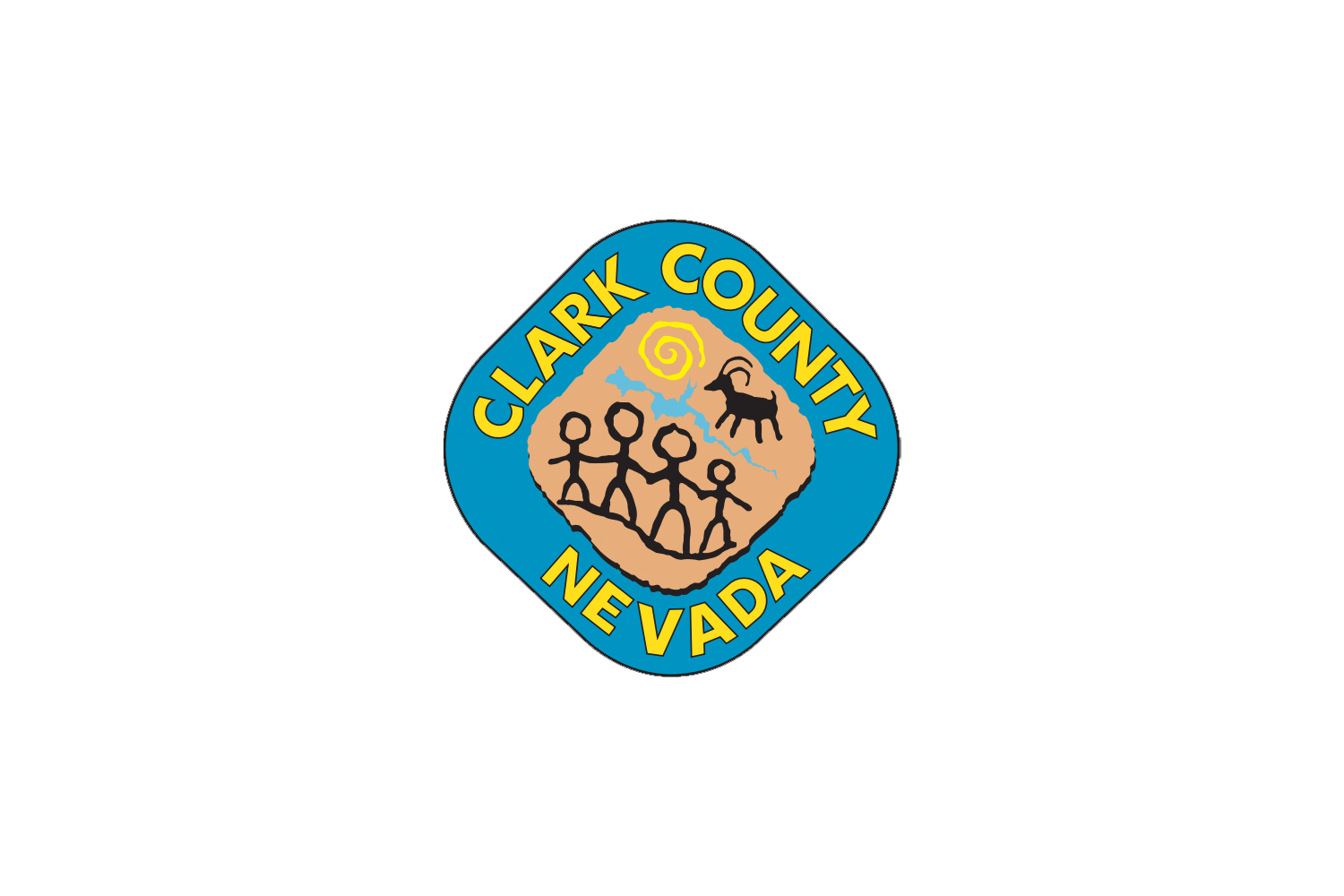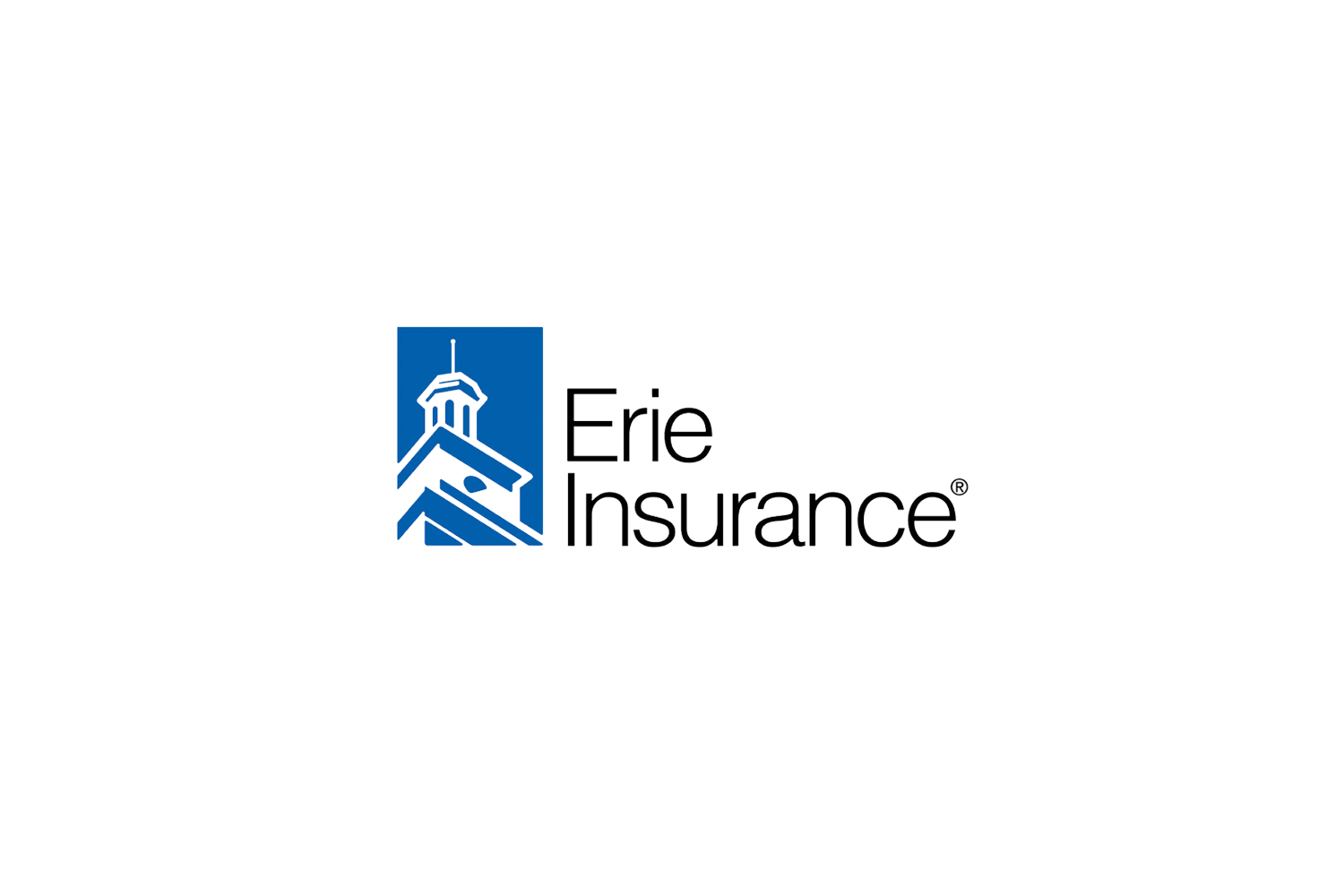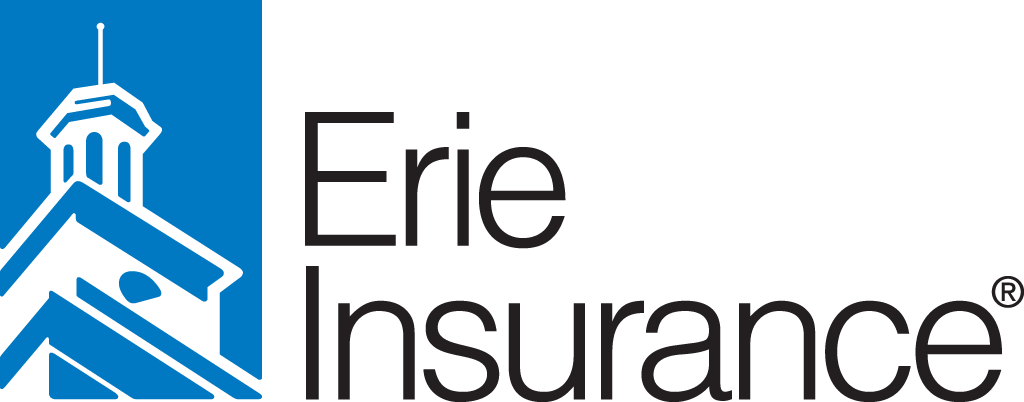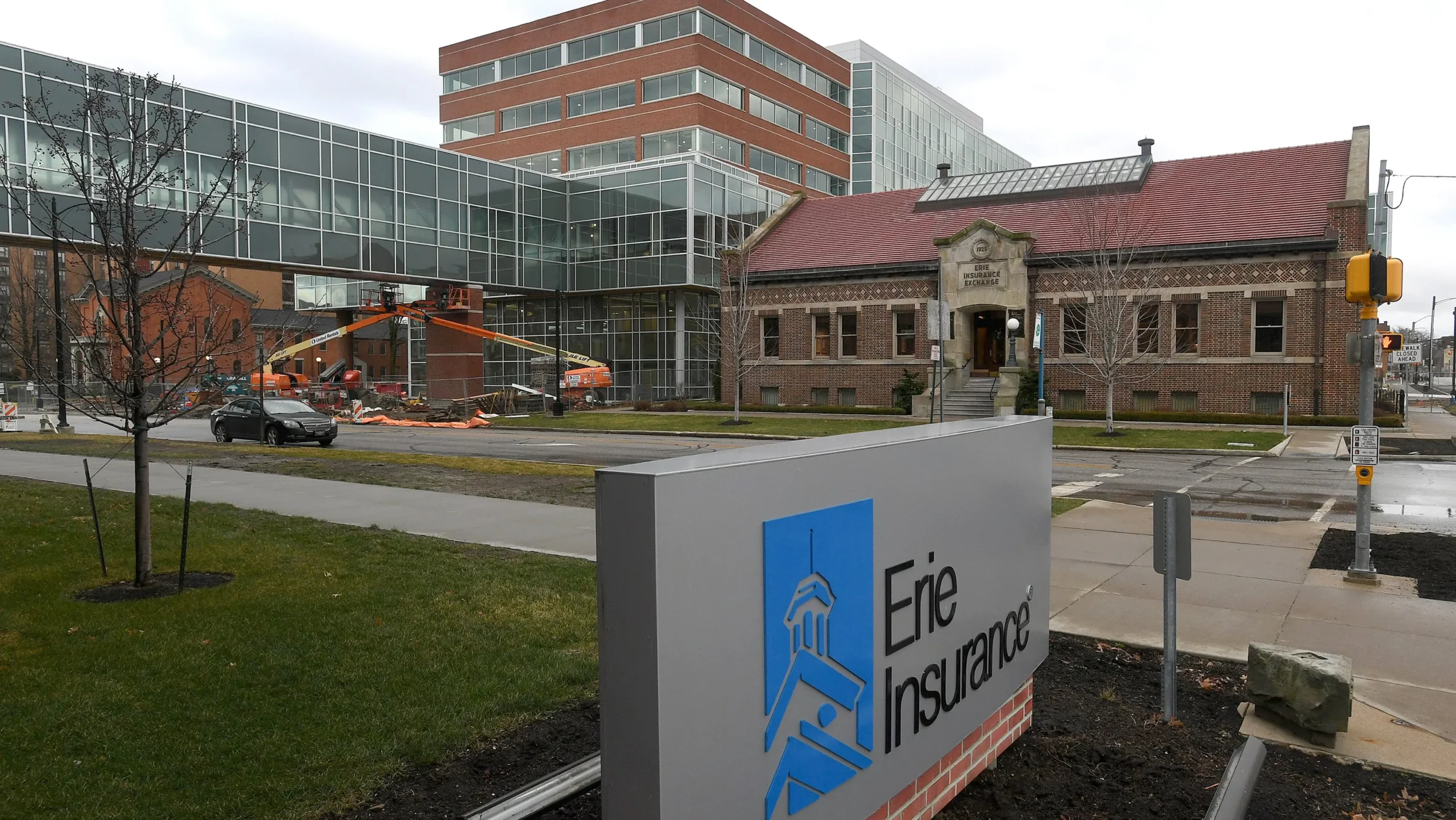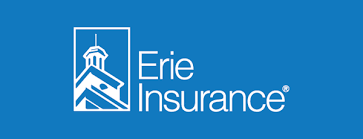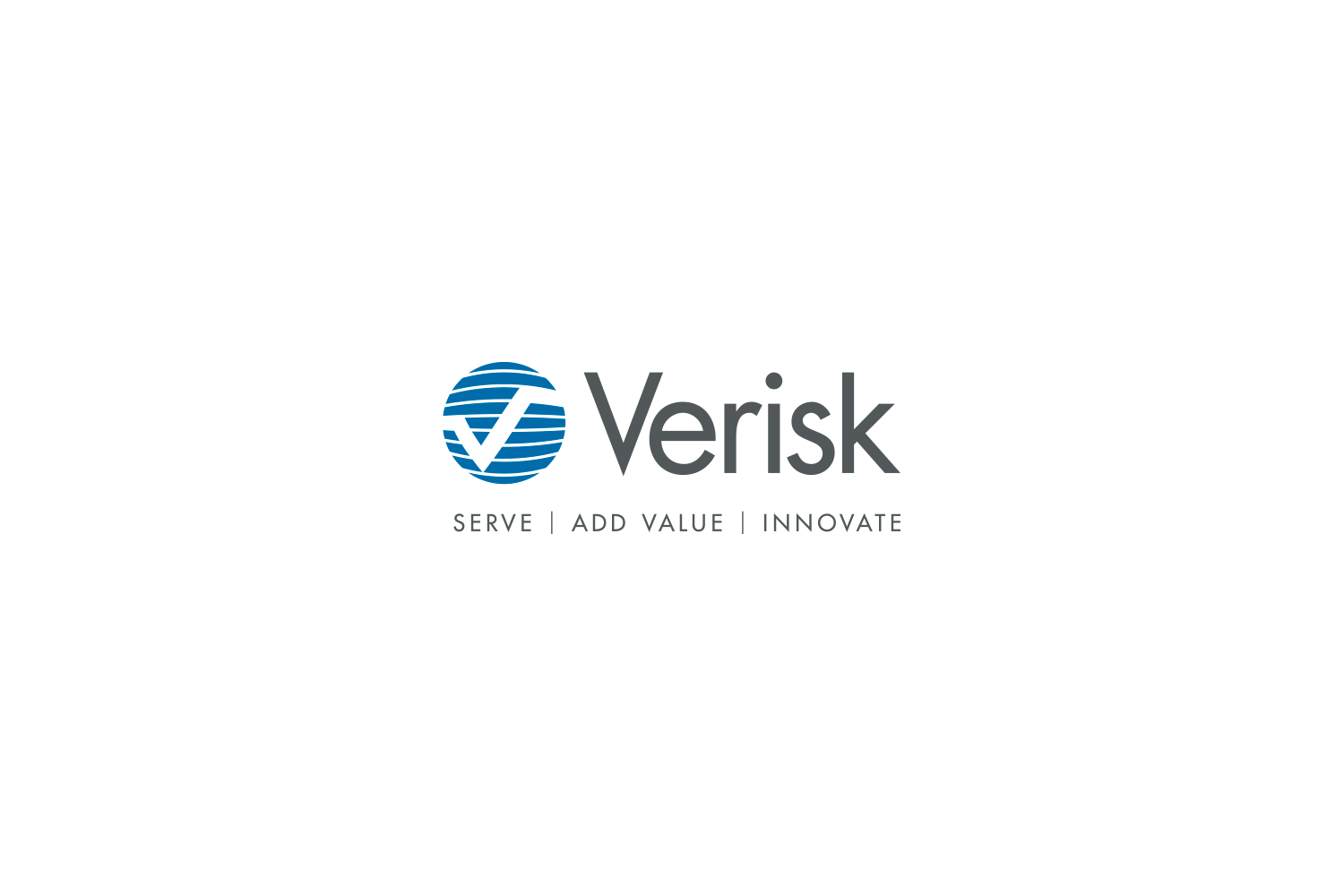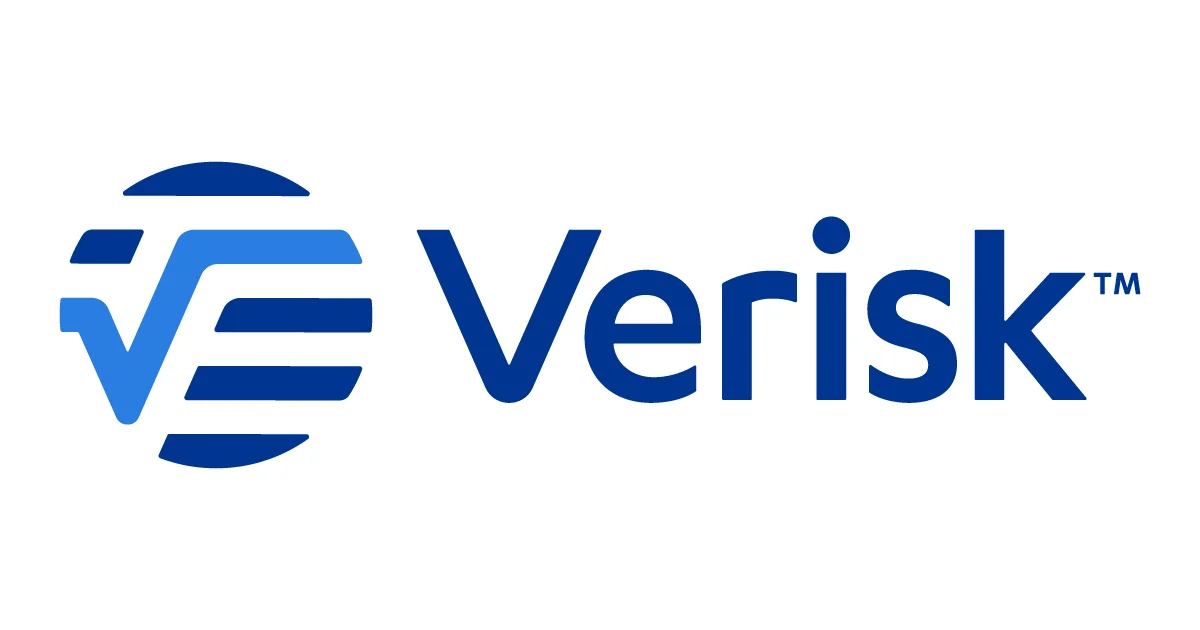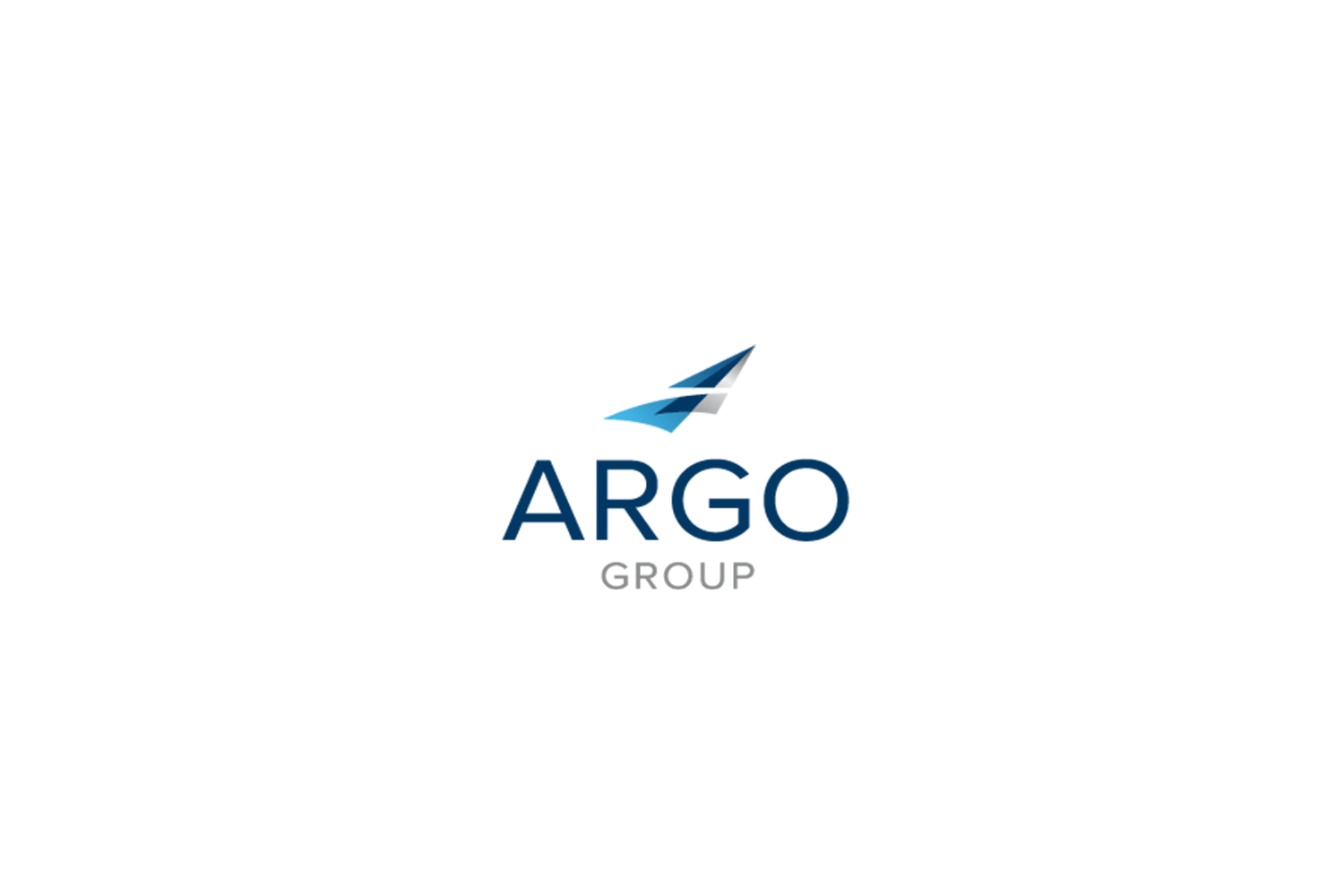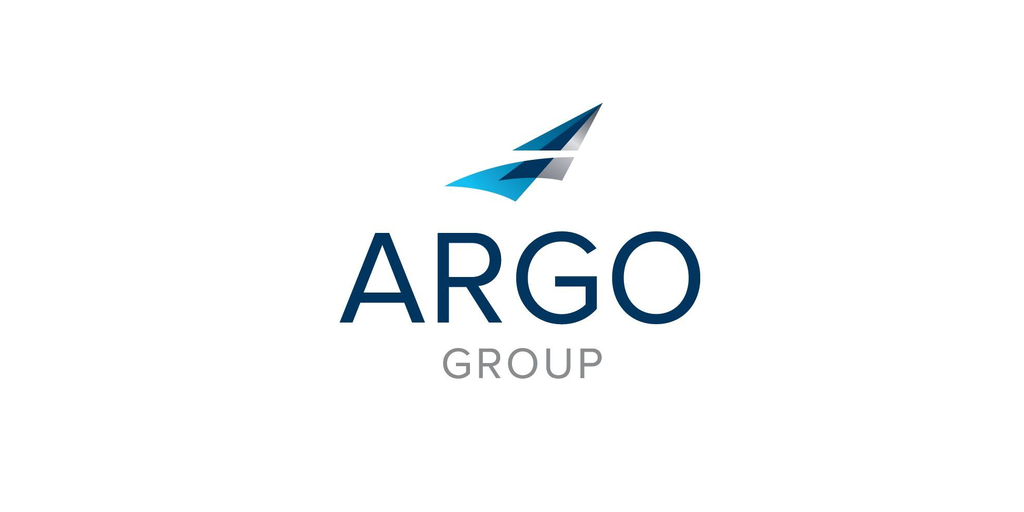Overview
The City of San Antonio Public Works department needed to develop a comprehensive digital strategy that included community co-design sessions and future-proofing their digital tools. To achieve this, they required expert facilitation and strategic planning. The City of San Antonio partnered with Kaeppel Consulting for this initiative.
The Challenge
The City of San Antonio Public Works department faced several challenges:
- Community Engagement: Effectively engaging with the community to gather input and feedback.
- Digital Strategy: Developing a forward-thinking digital strategy that would meet future needs.
- Compliance: Ensuring that new tools and strategies complied with regulatory requirements.
Our Solution
Kaeppel Consulting provided a comprehensive solution that included:
- Community Co-Design Sessions: Facilitated interactive sessions to gather community input and foster collaboration.
- Digital Strategy Development: Created a robust digital strategy that incorporated community feedback and future-proofing measures.
- Compliance Analysis: Conducted competitive analysis and used tools like SiteImprove and Google Analytics to ensure compliance and optimize digital tools.
Results
Kaeppel Consulting’s efforts resulted in the successful development of an interactive GIS-based tool that complied with regulatory requirements and met community needs. The digital strategy provided a clear roadmap for future digital initiatives.
Conclusion
Kaeppel Consulting’s expert facilitation and strategic planning enabled the City of San Antonio Public Works department to develop a comprehensive digital strategy that engaged the community and ensured compliance. Our tailored approach helped future-proof their digital tools and strategies.


